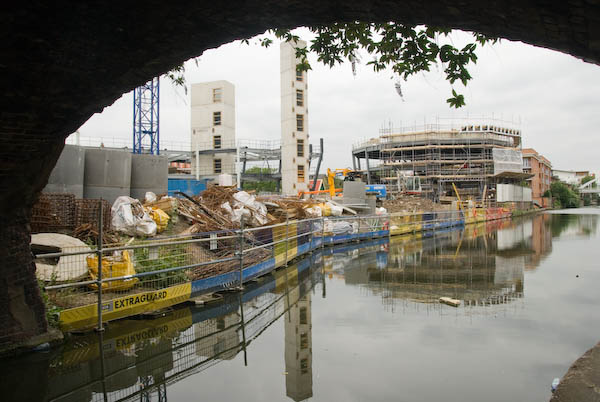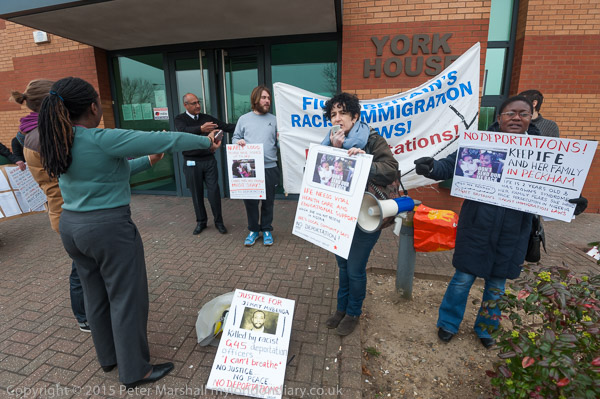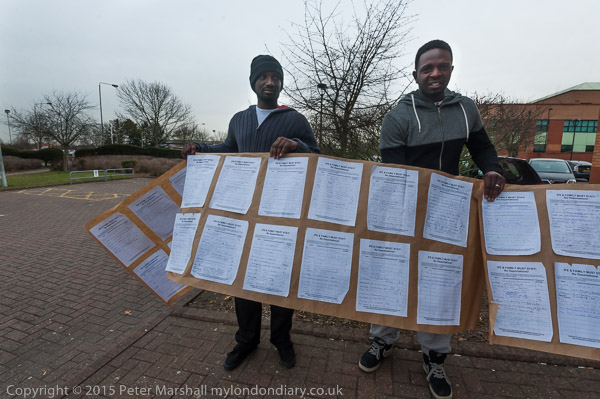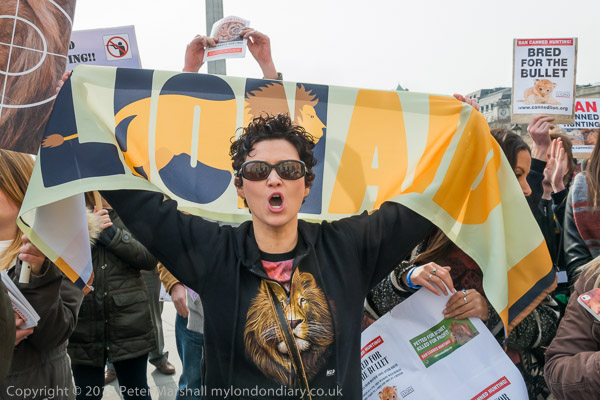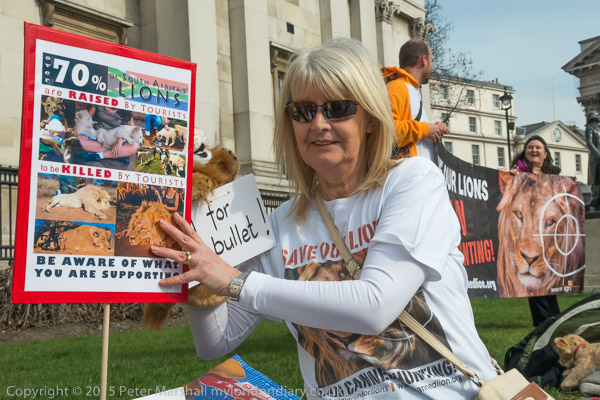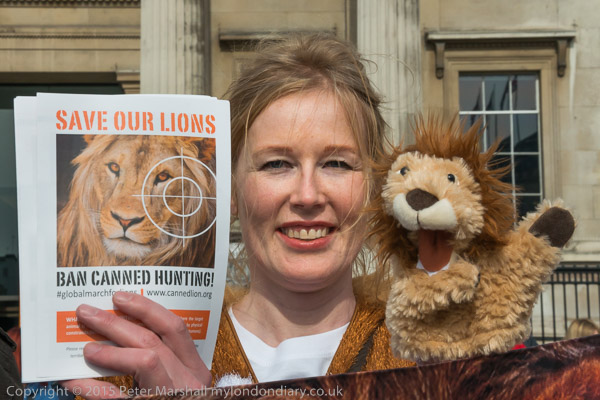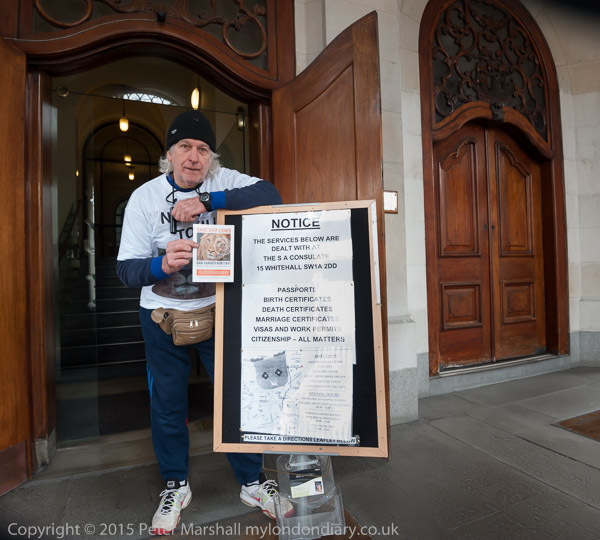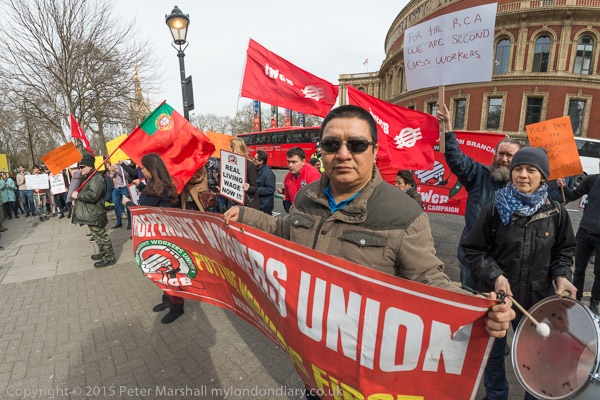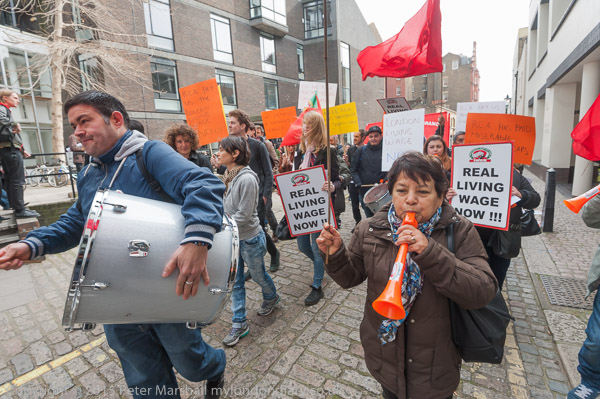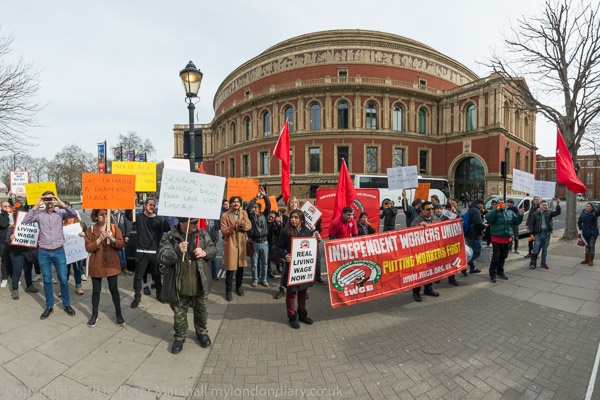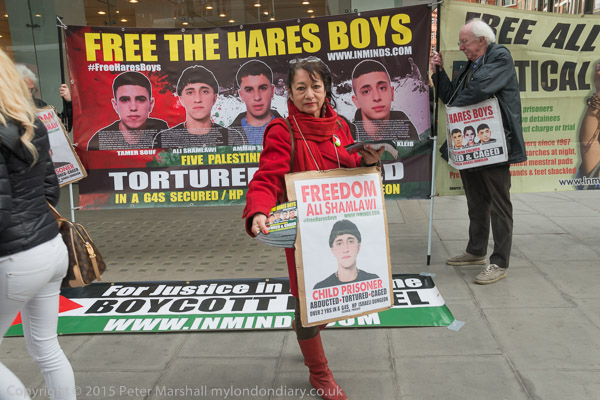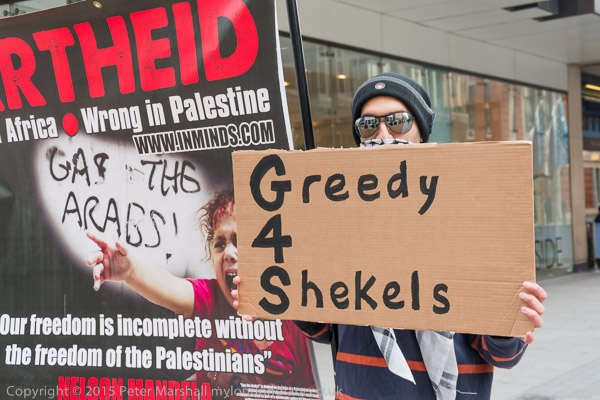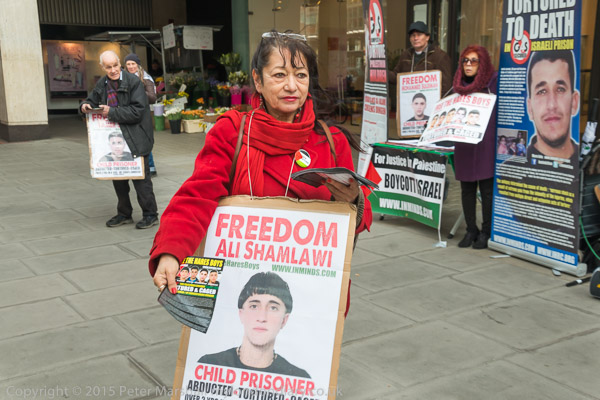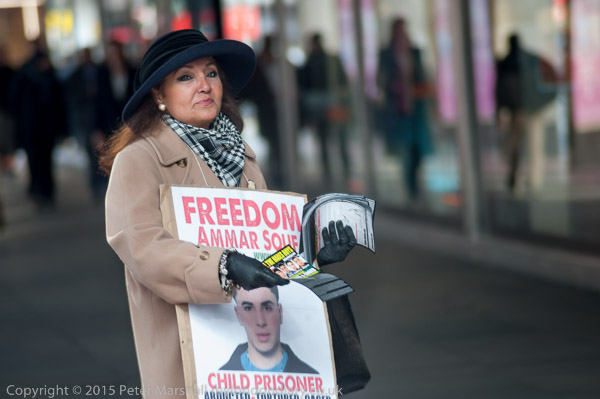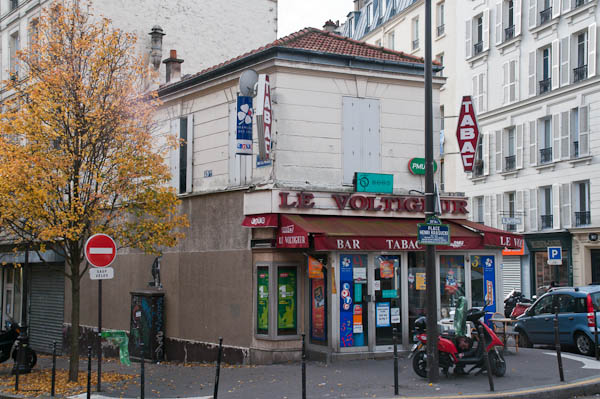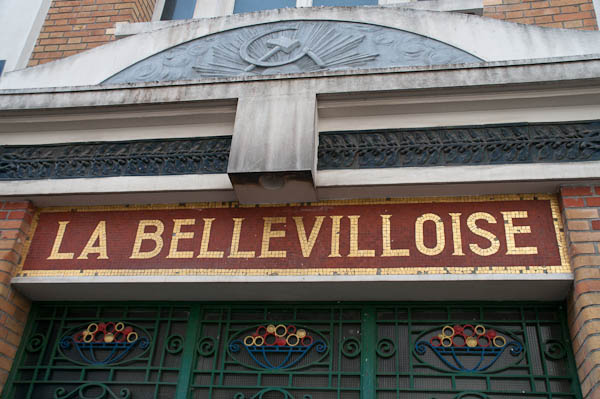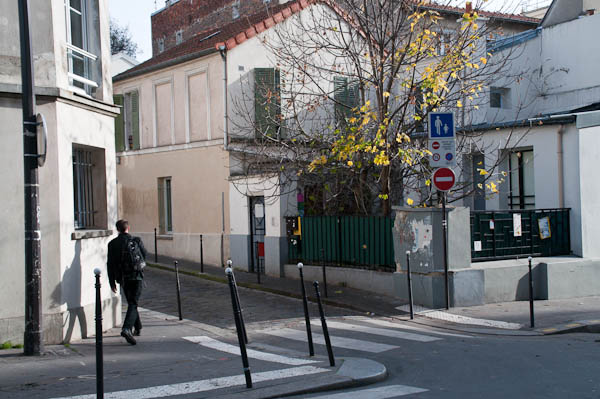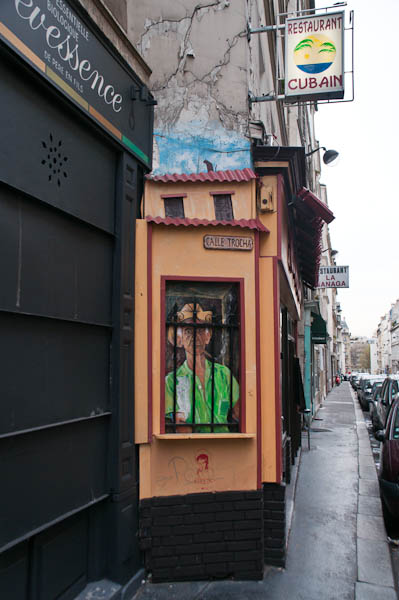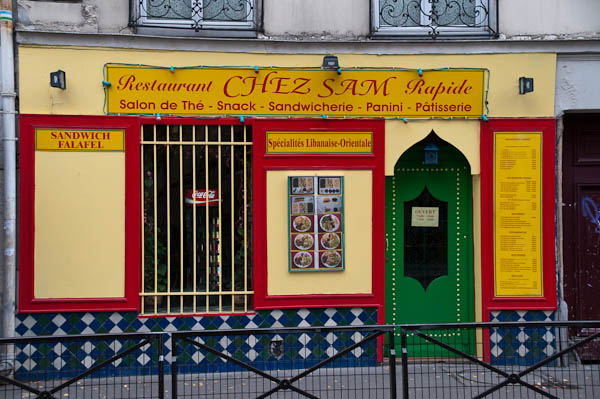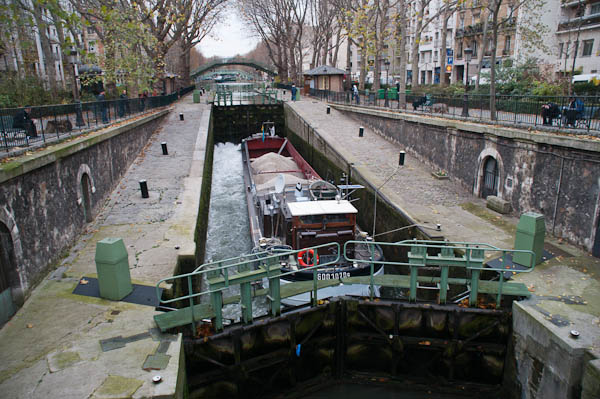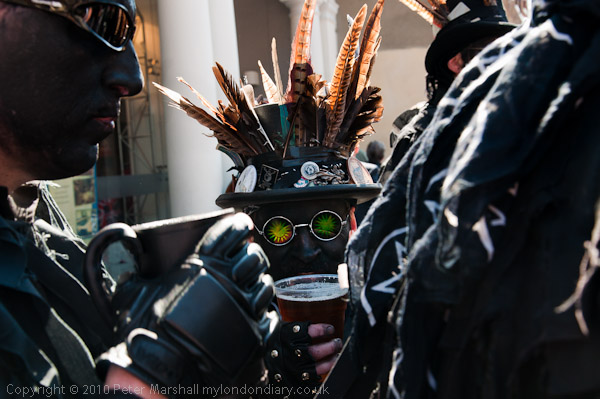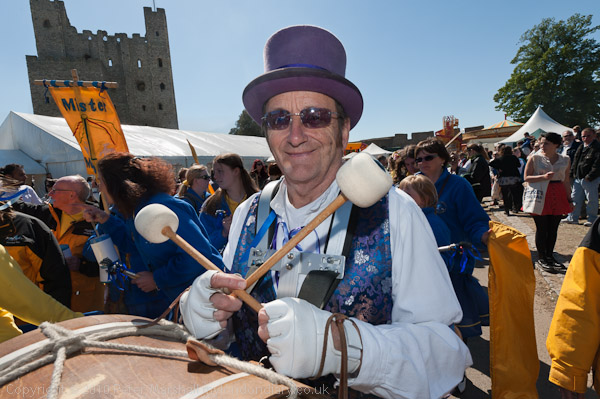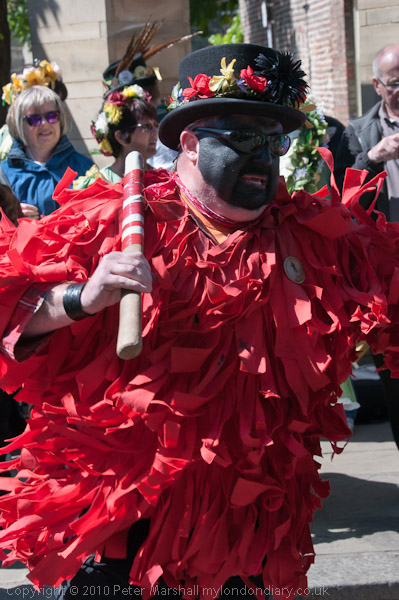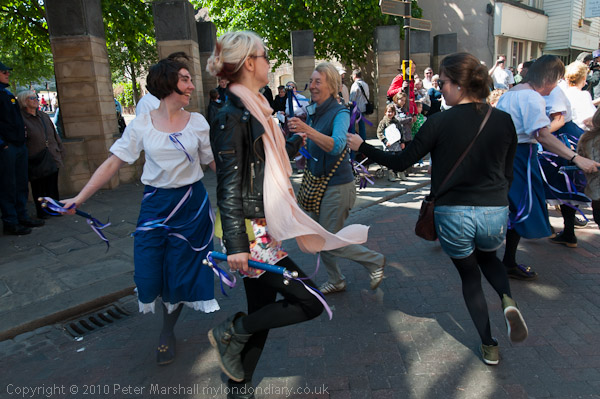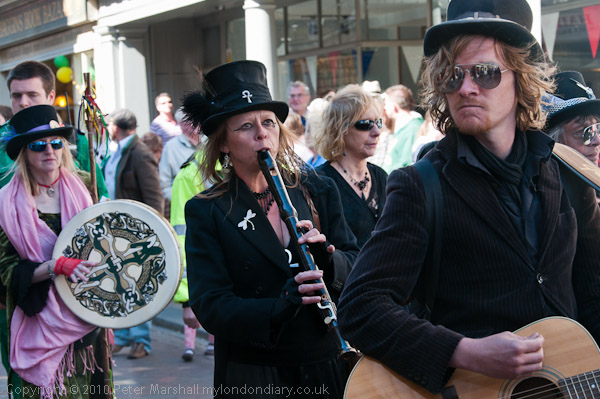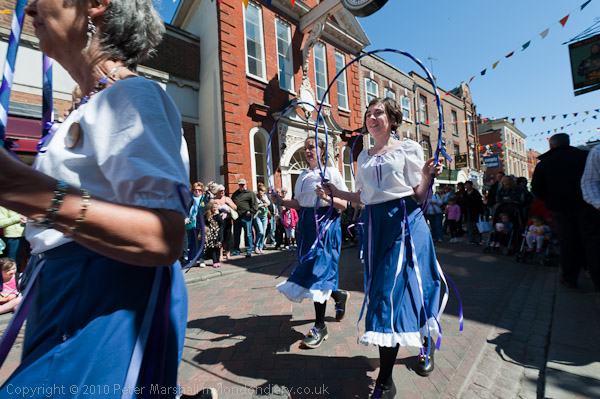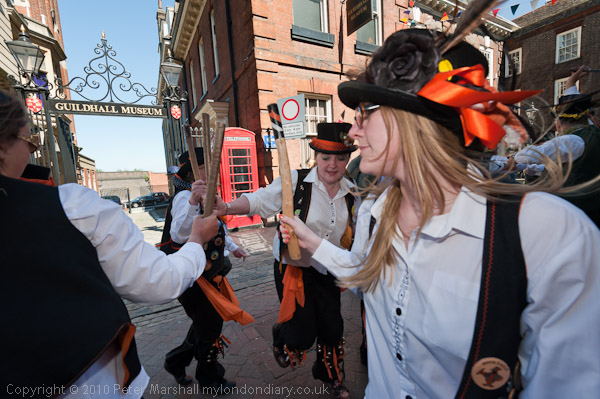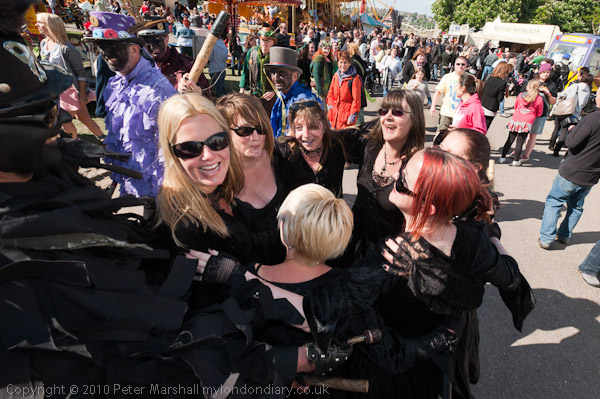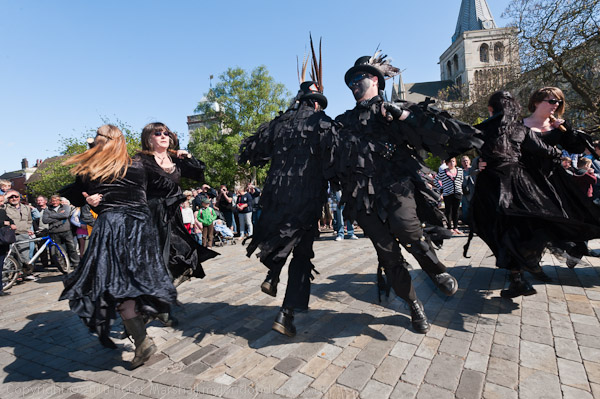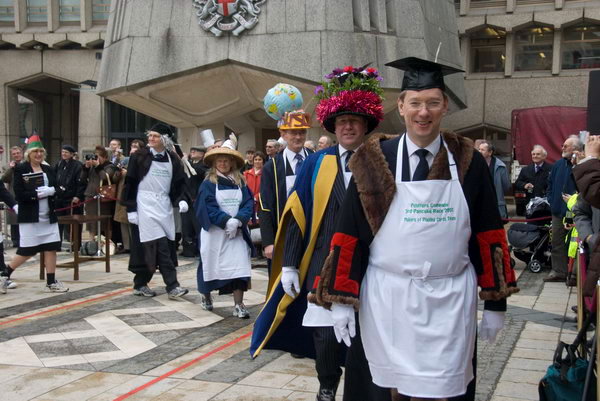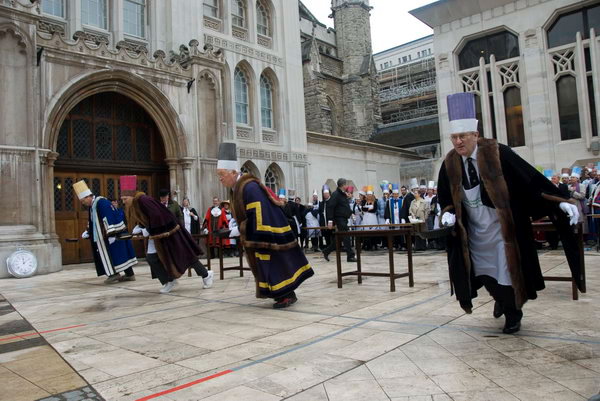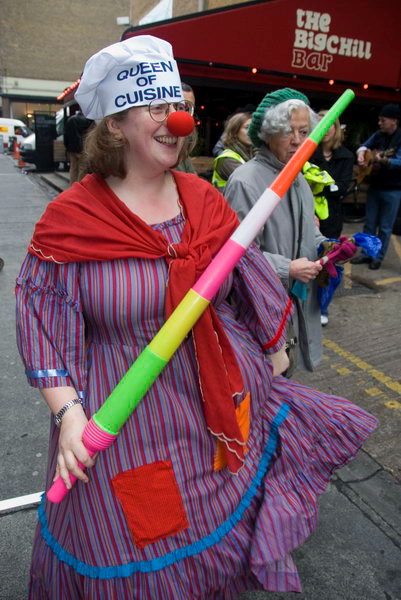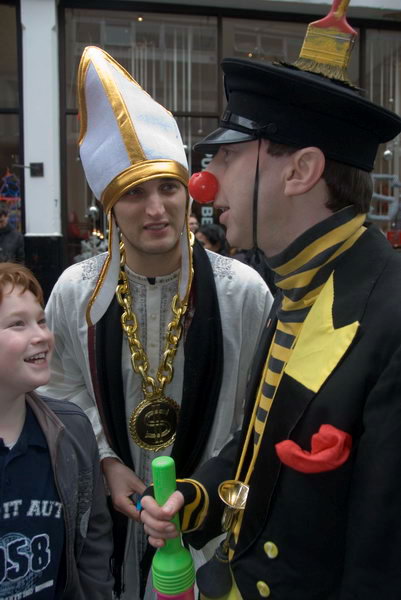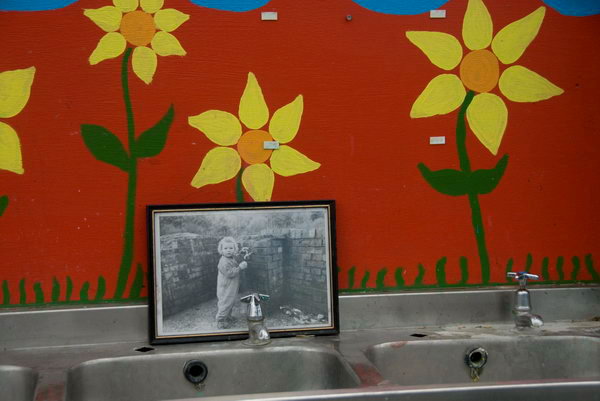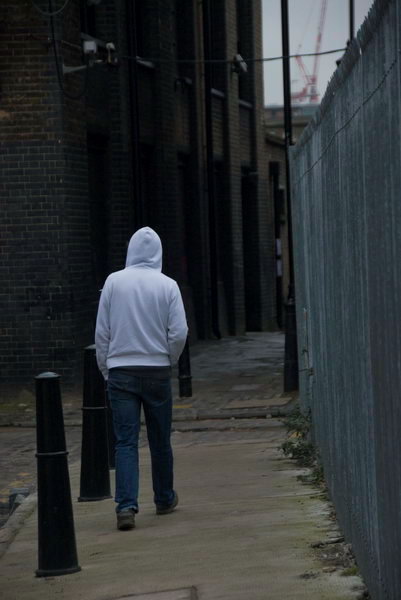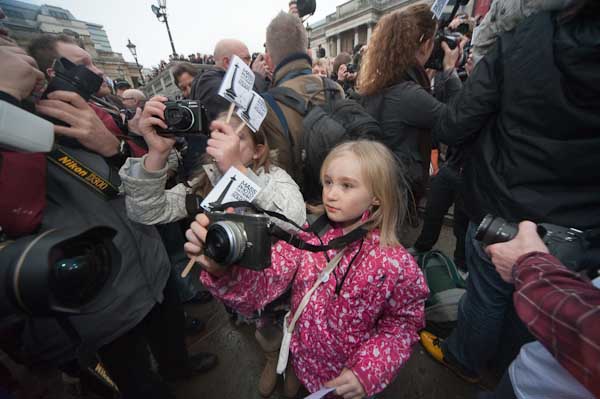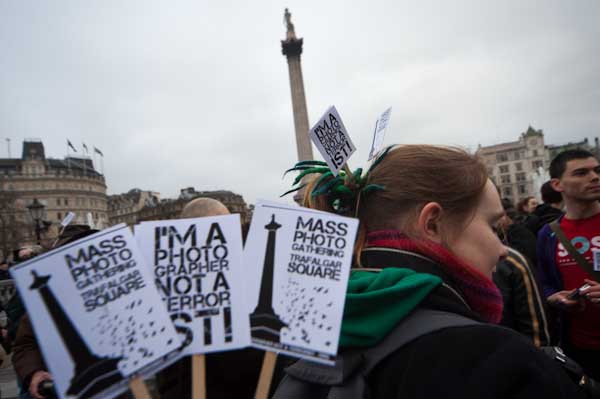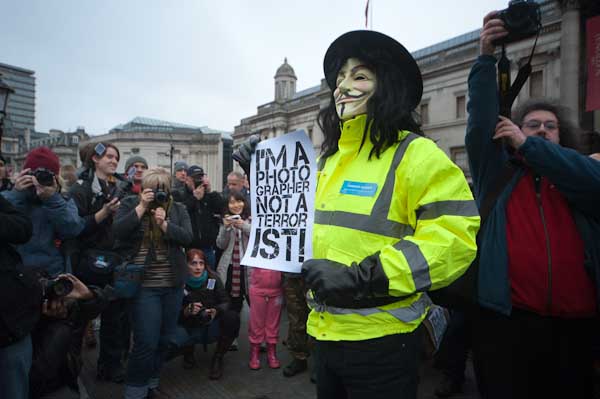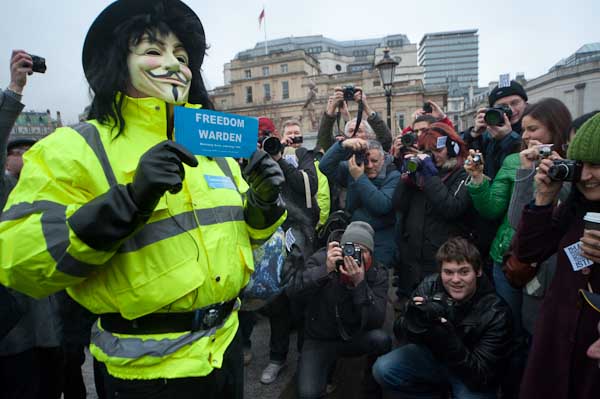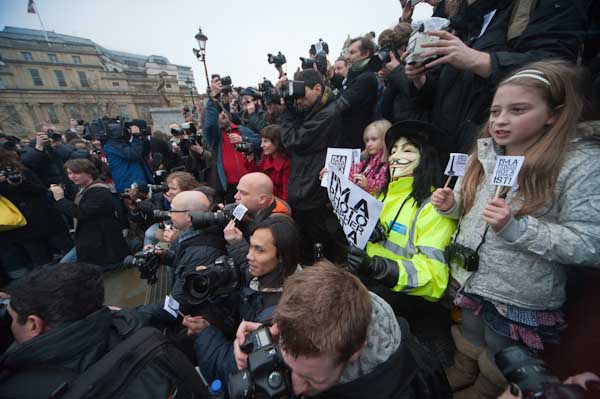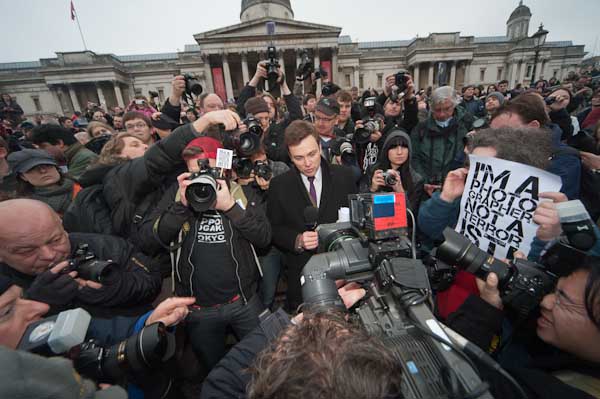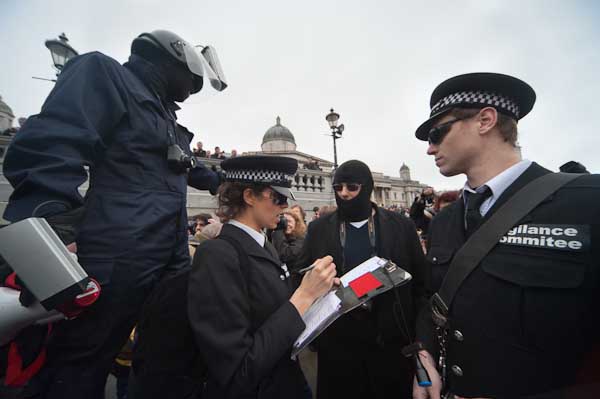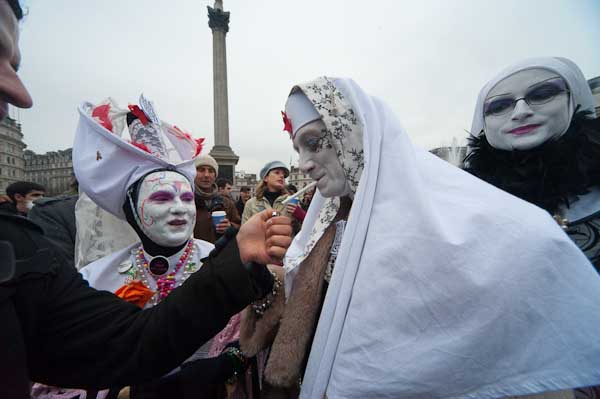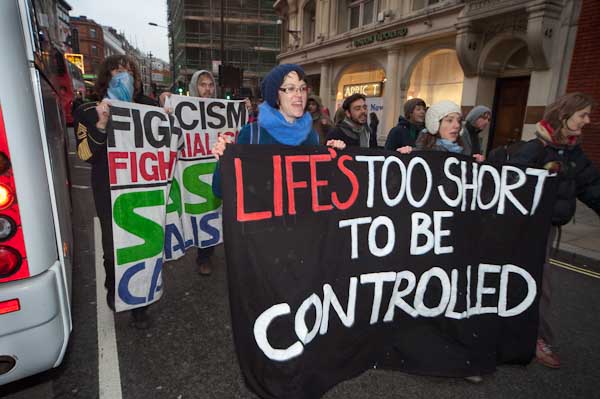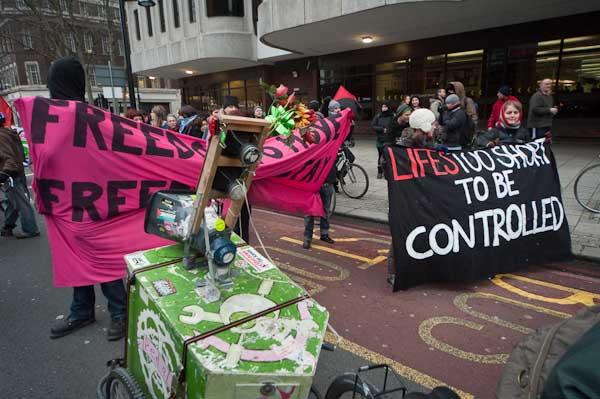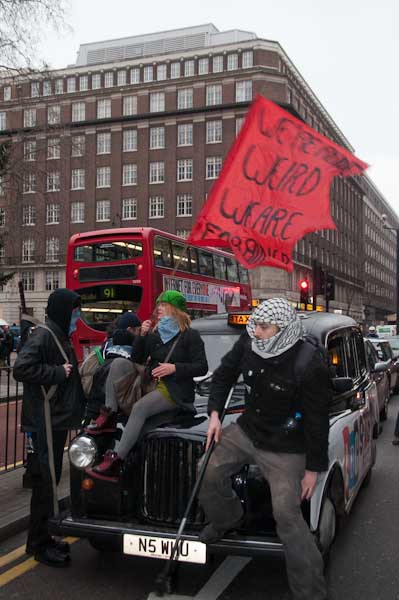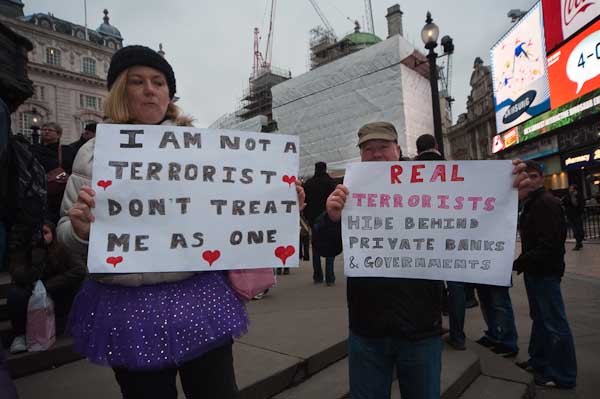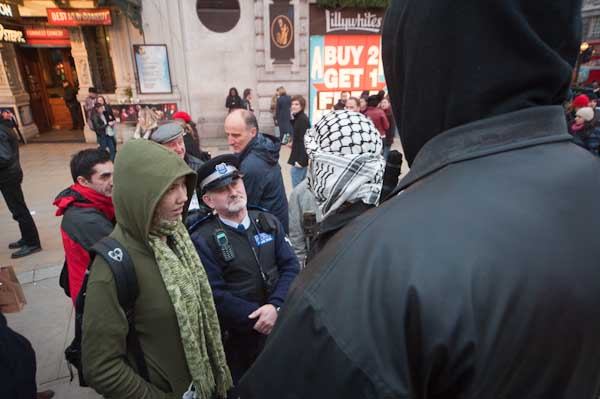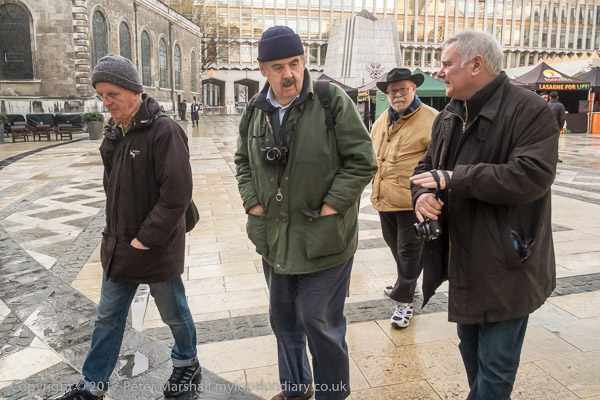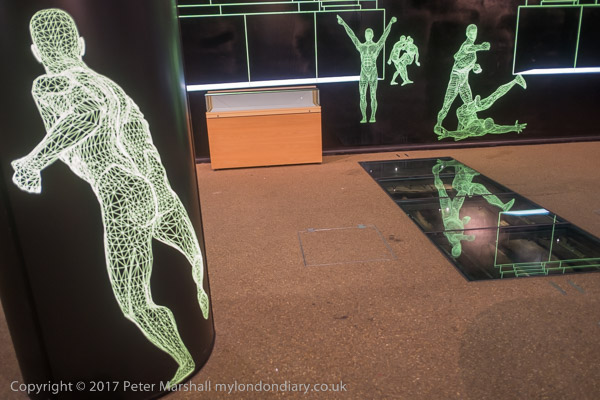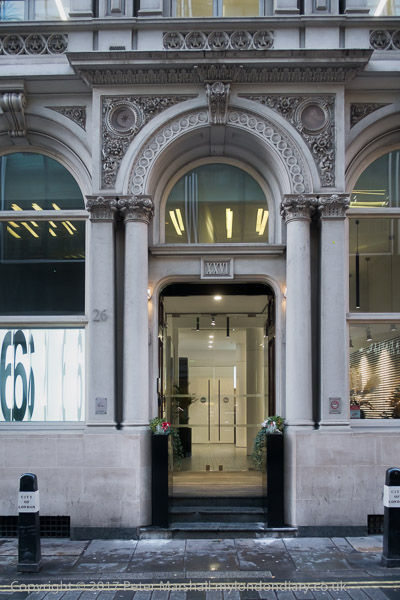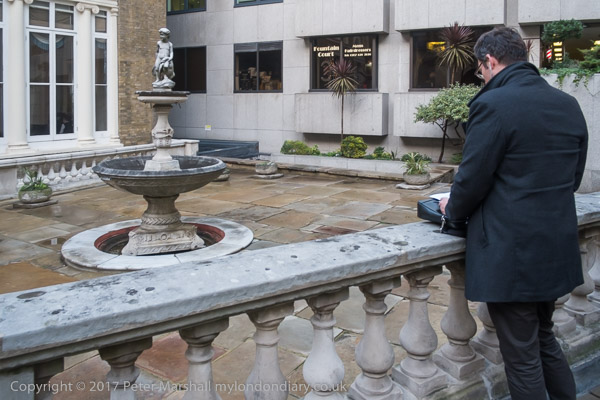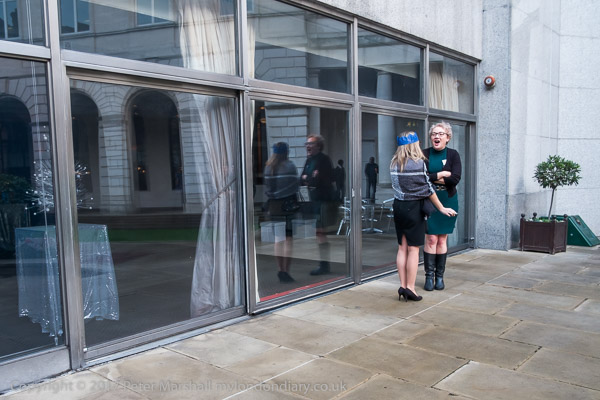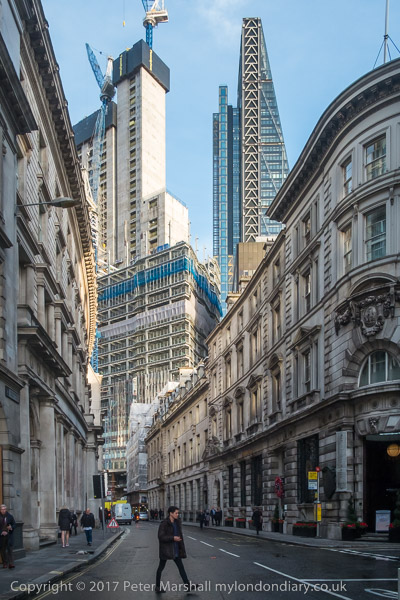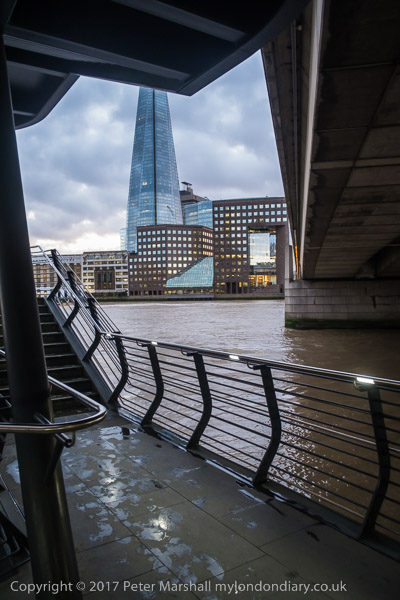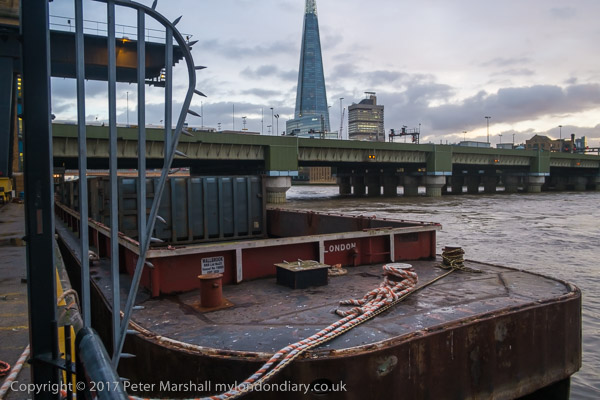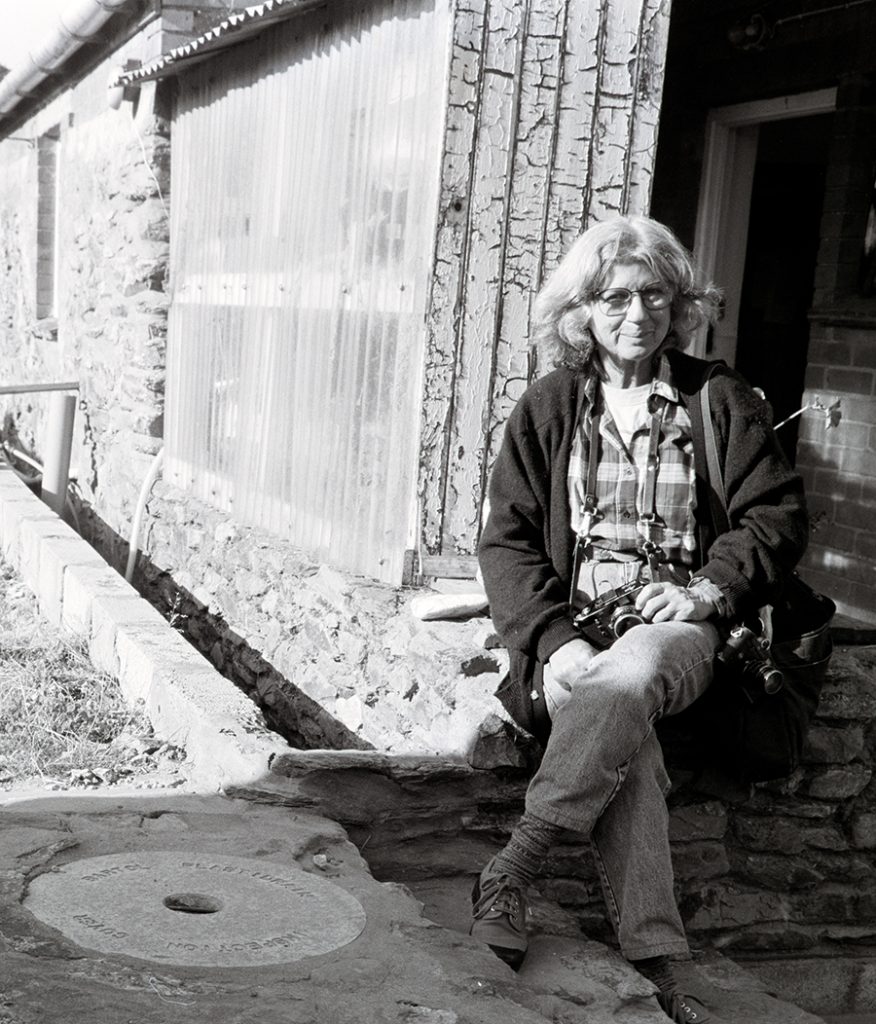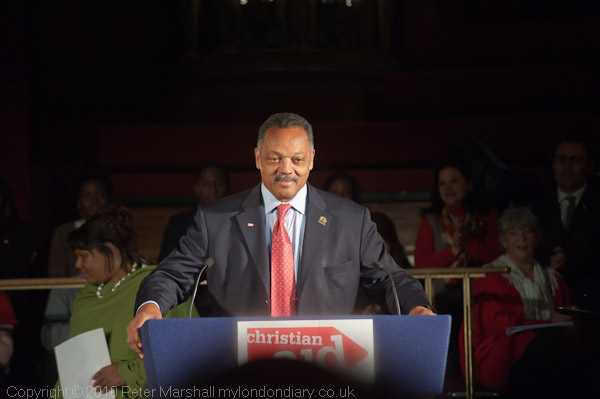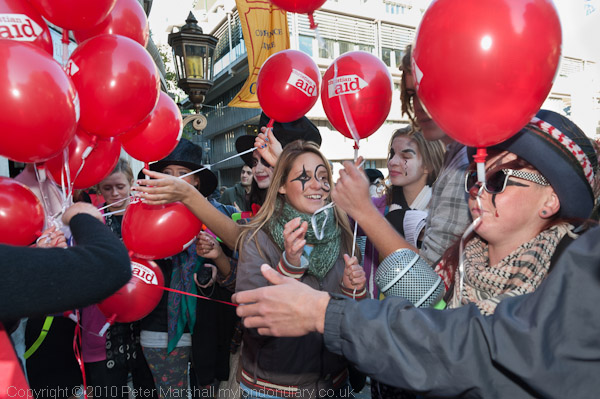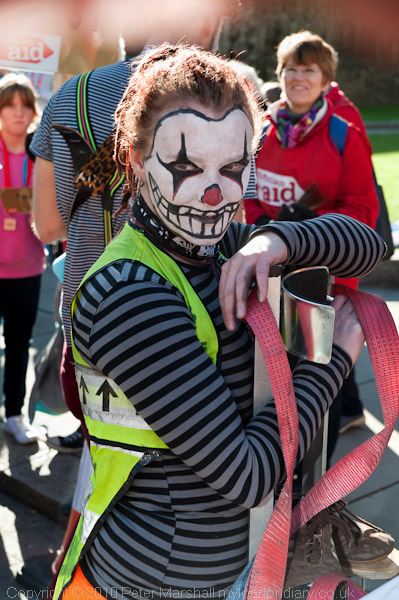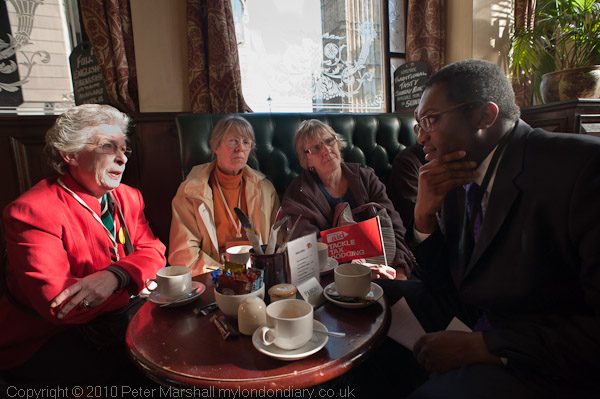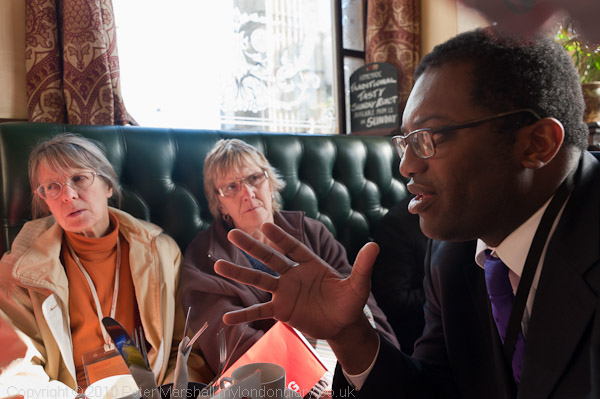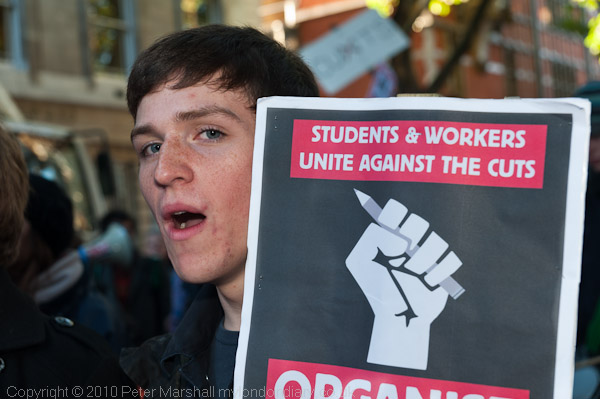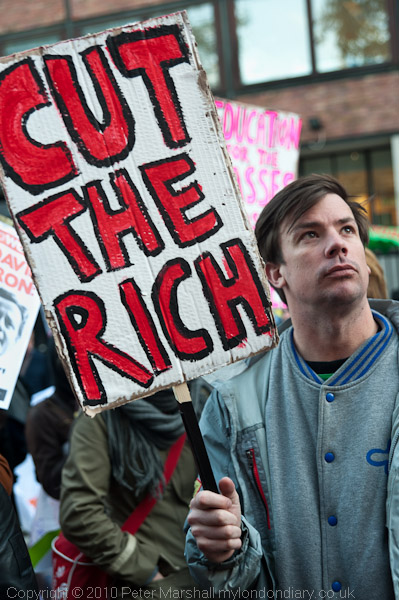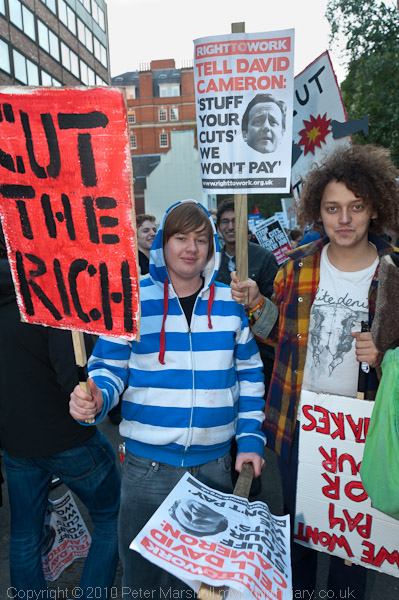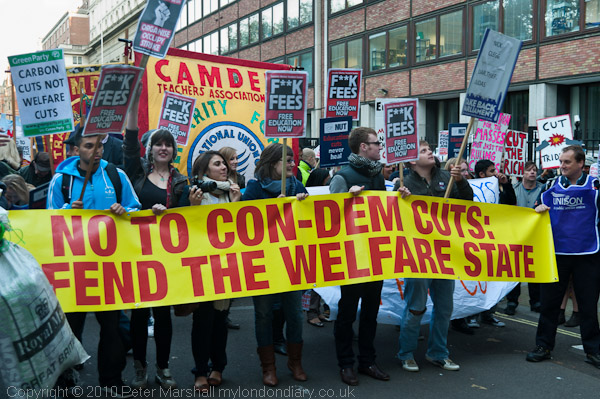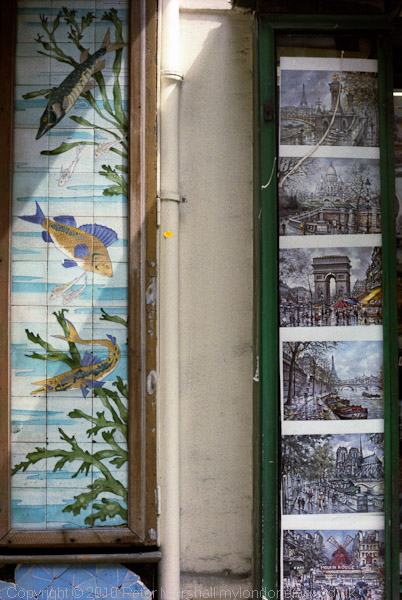Hayling Island Carnival: On Wednesday 3rd August 2005 I went to photograph the carnival on Hayling Island with a couple of friends. I’d been there for the carnival a couple of times in earlier years, though it wasn’t really my kind of thing.
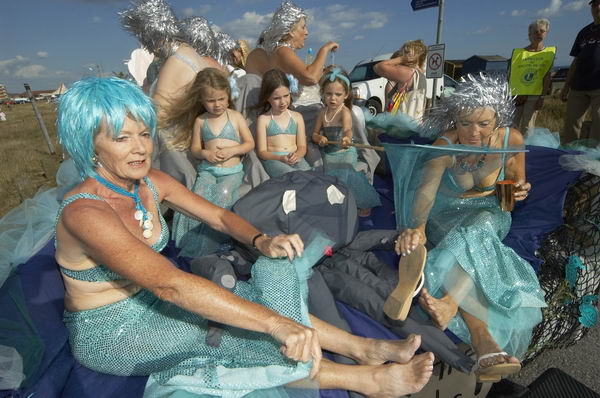
Two of my friends had in earlier years got money from the Arts Council to record English Carnivals and had persuaded me to go with them in earlier years and I was with one of them again in 2005.
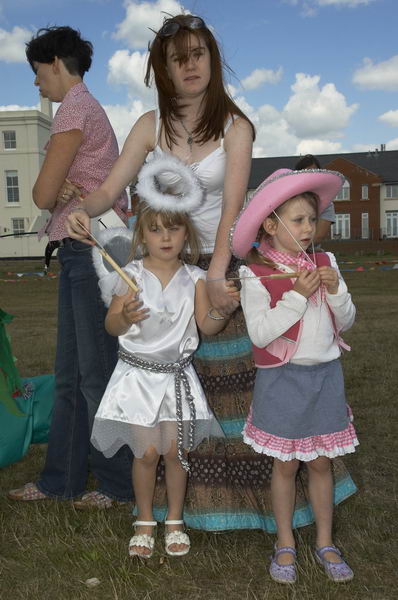
There is an odd fascination about English carnivals, bringing out the eccentricities of the English, something that had been exploited by earlier photographers, perhaps the first being Sir Benjamin Stone (1838 – 1914), who as Wikipedia states made “an invaluable record of the folk customs and traditions of the British Isles, which influenced later photographers of note“. Notable among these, and one who inspired many before his tragic early death was Tony Ray-Jones (1941-72) and the posthumous book ‘A Day Off: An English Journal‘ published in 1974 was certainly the most influential British photographic publication of that era.
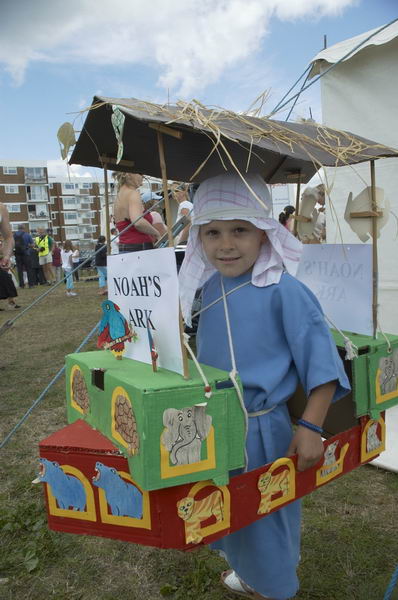
I never met Ray-Jones, who died before I was deeply involved in photography, but I did later become friends and worked with his friend, the Brooklyn-born photographer John Benton-Harris who printed much of his work, including the prints for ‘A Day Off’ and had occasionally photographed with him. And those two photographers who first took me to Canvey were ex-students and close friends of John too.

I worked with John on producing the images for what would have been his masterwork, ‘Mad Hatters – a diary of a secret people… as seen through the looking glass of – John Benton Harris‘ still unpublished, though a few of us treasure copies printed by Blurb but never made public. In mine he thanks me for my ‘Valued Technical Help‘, though we also had many discussions and arguments on the sequencing and very occasionally the selection of images, many of which I made significant improvements by some judicious dodging and burning – though always subject to his approval.

Actually with John virtually every discussion was a bitter argument – we were once asked to leave an event in Borough Market after a shouting match over a review I had written of a book by Homer Sykes (another of those influenced by Stone.) Sadly ‘Mad Hatters’ remains unpublished. It’s a fine body of work but a book greatly in need of an editor – something John would never tolerate.

Back to 2005, here is the text I wrote for My London Diary about the day:
I went to Hayling Island for the carnival with Paul and Michael, and it was a nice day. Paul drove us down - it isn't too long a drive from London, really a Londoner's day out. Hayling seems full of people from London on holiday, some with second homes there, others hiring them, often from family and friends.


Despite a longer than usual hold-up at Haslemere, we arrived just in time for the official opening. Everything was happening on the day, and it started with the crowning of the Carnival Queen and her retinue, then on to the Fancy Dress.

Then came the Baby Show, after which we went down to the other end of the town, where the carnival formed up in previous years. It seemed dead there, with more housing and less shops than before, and nothing was happening. People up that end are apparently pretty fed up to lose the carnival, and we were sorry to miss another meeting with 'the King' whose playing had been a major feature of previous years.

We grabbed a meal at a restaurant and then made our way back for the Dog Show, After which it was time for the parade to form up near the sea front. There were more mermaids than you could ever imagine and everyone seemed to be having fun and I took a lot of pictures.
More pictures from Hayling Island Carnival 2005 on My London Diary.
Flickr – Facebook – My London Diary – Hull Photos – Lea Valley – Paris
London’s Industrial Heritage – London Photos
All photographs on this page are copyright © Peter Marshall.
Contact me to buy prints or licence to reproduce.
